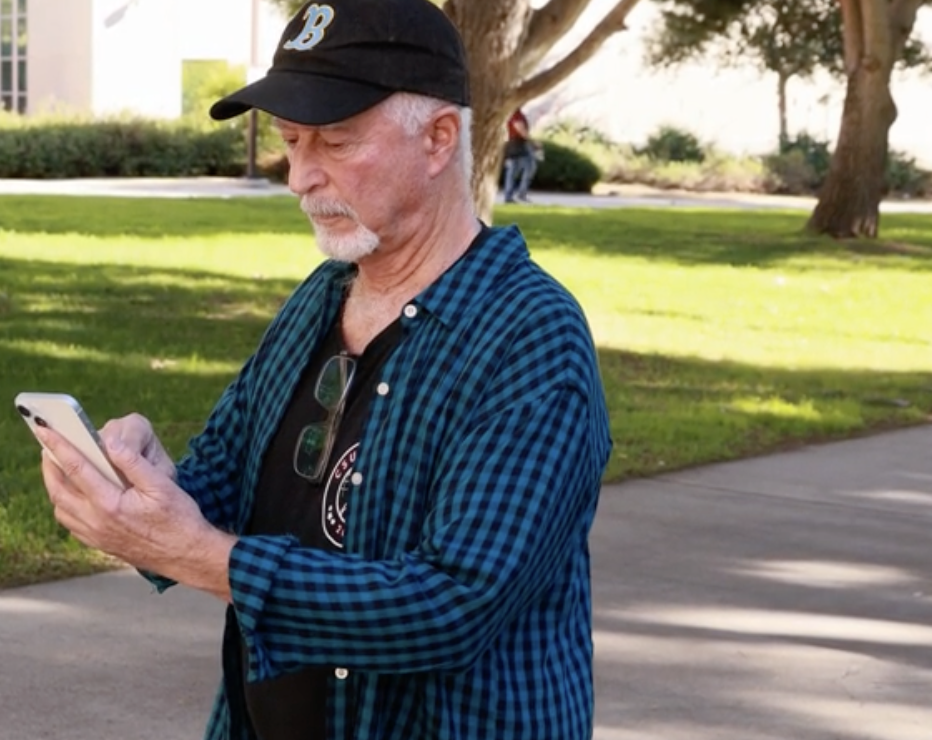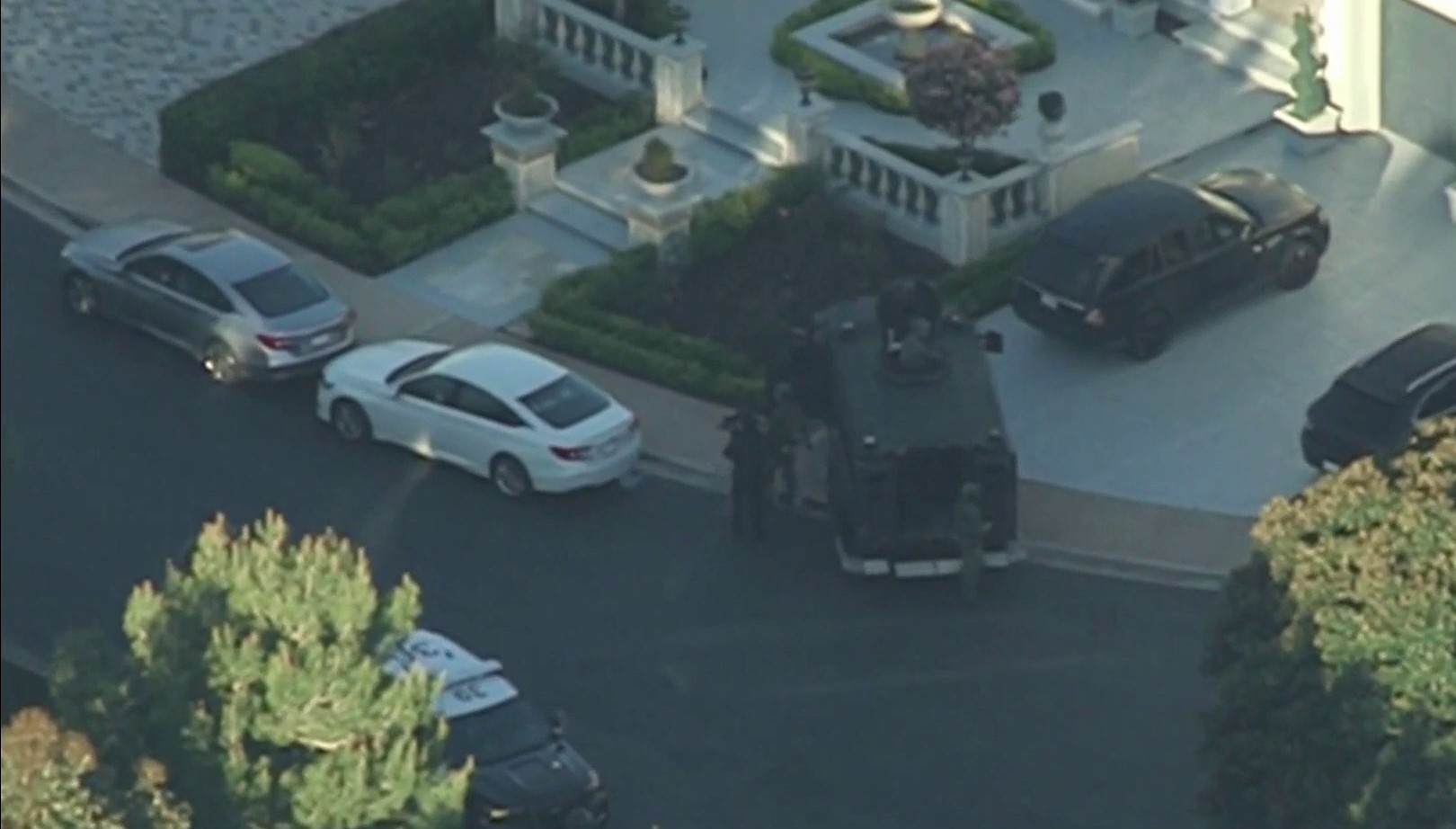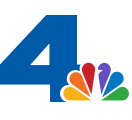Larry Welk was flying a news helicopter 20 years ago when he heard screaming, cries for help and calls for backup over the police radio.
"It was very much like listening to a movie," Welk says. "This was something that I had never really heard before."
Despite hearing the violence, and the threat of being hit by bullets as gunmen aimed up at police and news helicopters circling overhead, Welk was eager to go up. He wanted to record the North Hollywood bank shootout.
When Welk arrived over the bank on the morning of Feb. 28, 1997, he couldn't believe what he saw.
"It really looked like somebody had dropped a bomb on this area," he says.
For the veteran newsman, Welk feared the worst as bullets flew and the LAPD was outgunned.
"We didn't even know what we could show because you didn't show live images like that back then."
He watched the action through a monitor in the chopper, while keeping his head on a swivel. He needed to stay clear of competing choppers and stay high enough to avoid high-caliber bullets.
"It was very tense."
He'd been shot at before while covering stories but police always got the situations under control.
"In this instance we didn't know how long it was going to go on."
The gunmen fired toward the sky.
"I was trying to keep the helicopter moving. If we were moving I felt like we were giving ourselves the advantage of not being hit. But at the same time what we were watching was so important that it was a risk that we were willing to take."
He climbed to 2,000 feet to stay out of range.
He saw smoke muzzle flash, shells, blood trails.
When he landed safely that day, during a post-flight check, he saw that the helicopter had been hit by bullets.
Paul Hollenbeck was piloting NBC4's NewsChopper4 over Palos Verdes Peninsula doing an equipment check on transmission capabilities when the call came in.
Jack Brandt, an LAPD pilot said, "Shootout at the OK Corral, North Hollywood."
Hollenbeck notified the assignment desk and flew to North Hollywood.
Once there he saw cop cars surrounding the bank below.
News
Top news of the day
Gunmen came out of the bank and started firing at police cars and up at news and police helicopters hovering overhead.
"I'd been shot at before," he remembers thinking. "I didn't think much of it.
He tried to to hold his position about 1,000 feet above the ground so his cameraman could get a good shot.
At one point, the cameraman asked if Hollenbeck could turn the helicopter the other way.
"'No, because if they shoot you, I can take you to the hospital. If they shoot me, we ain't going anywhere,'" Hollenbeck recalls saying.
While hovering, Hollenbeck watched the action on the ground and described what he saw to his NBC4 colleagues, Kent Shocknek and Kathy Vara, anchoring a live report from Burbank.
Hollenbeck tracked the gunmen as they moved out of the parking lot and he watched one of the gunmen put the gun to his head.
"My main focus was to get what I could and describe what I was looking at," Hollenbeck says.
Little rattled Hollenbeck, a former U.S. Air Force captain and an LAPD chopper pilot who once served a stint in the LAPD's elite Metropolitan Division.
He'd been shot at before. He was shot at while flying for another news agency during the LA riots.
"Thank God, they're bad aims."
What he found astounding that day was the fact that the gunmen were so well armed and had so much firepower.
Police bullets bounced off the robbers' body armor.
"I watched them get hit and it didn't phase them."
At 74, Hollenbeck is still a pilot, flying Cessnas to Fort Irwin, helping train troops for combat.
He hadn't thought much about the North Hollywood Shootout until he saw that it was coming up on 20 years.
He thinks about how the shooting shaped news coverage.
"We had kind of an uptick on covering more of that breaking news with shootings and bank robberies," he said. "News desks were a lot more responsive to breaking news and we got a little bit more sophisticated with equipment in order to do the coverage. It was a step up."



